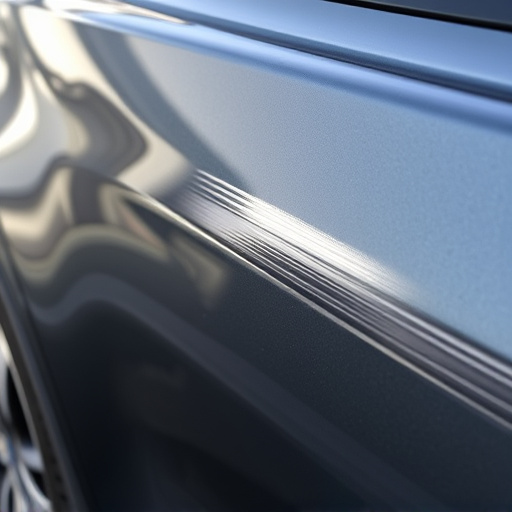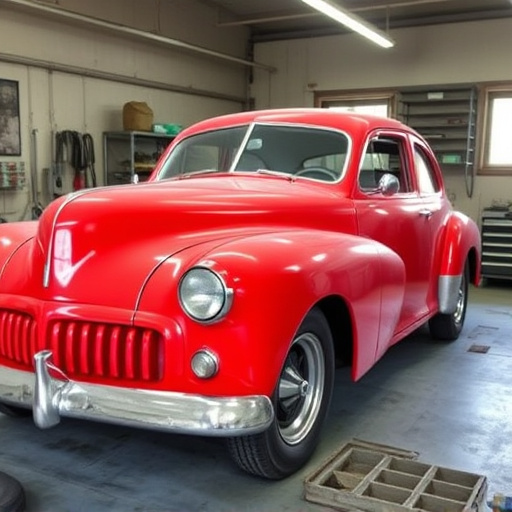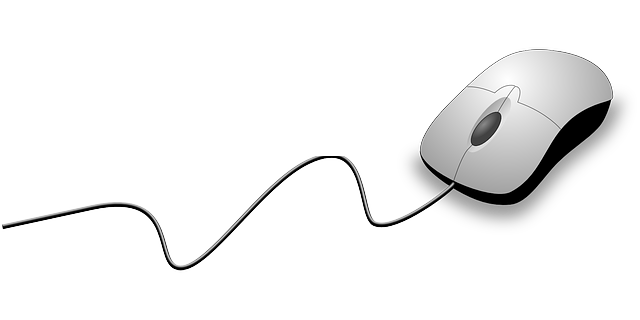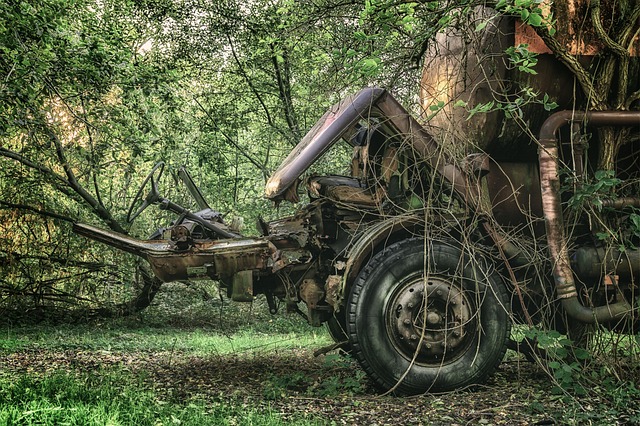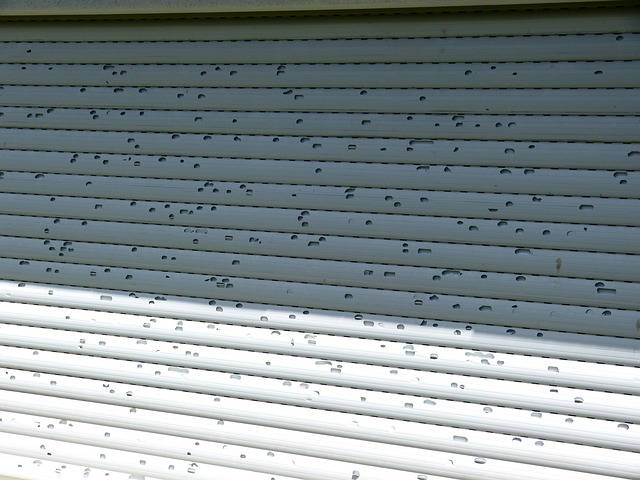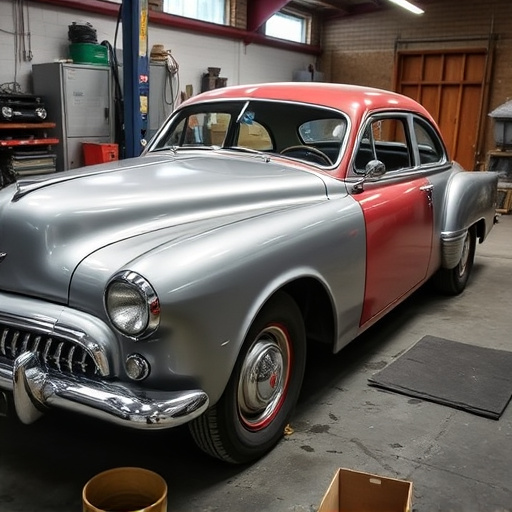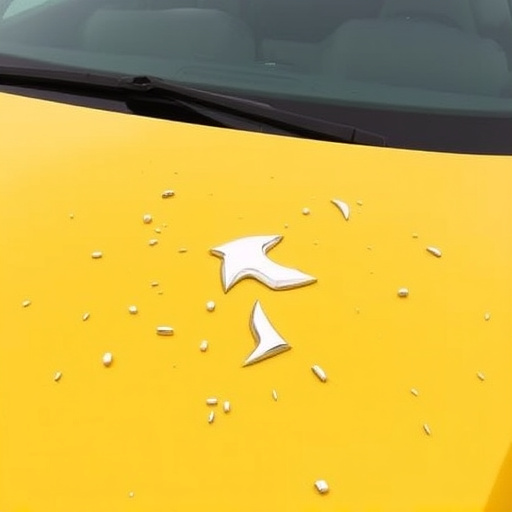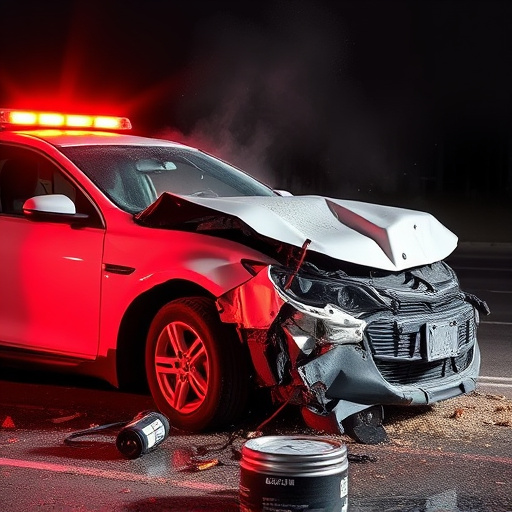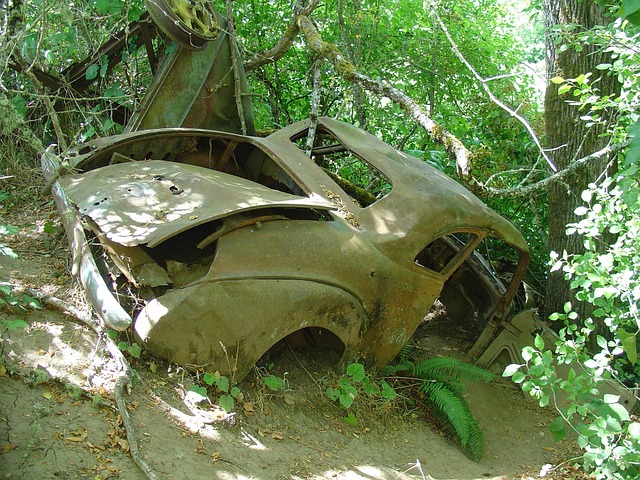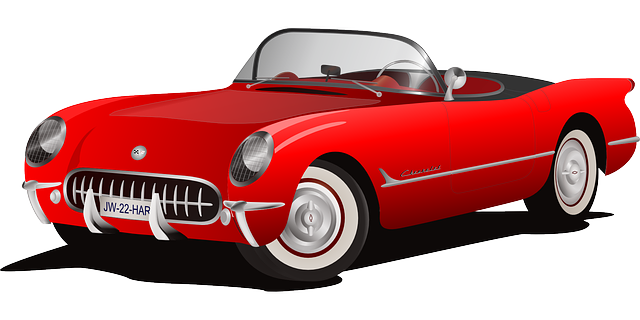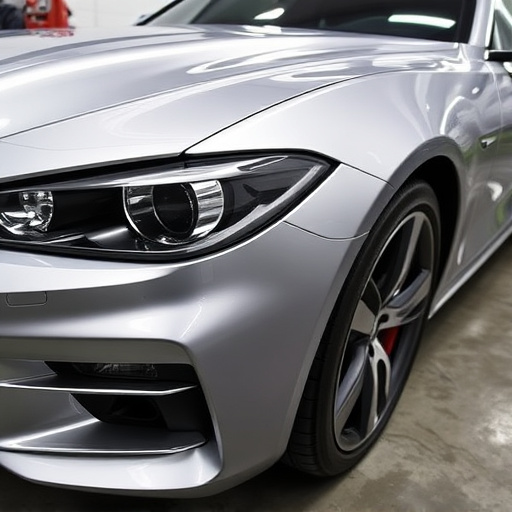Metallic paint repair goes beyond simple touch-ups and requires professional knowledge to avoid imperfections. DIY enthusiasts often struggle due to overlooking preparation steps like sanding, cleaning, and priming. Success demands meticulous detail, right equipment, and thorough groundwork to prevent flaking. Long-lasting results need strategic surface preparation, proper priming with high-quality metallic paint, and expert techniques from professionals.
“Are you considering a DIY metallic paint repair? Think again before tackling this seemingly simple task. Many attempts often fail, leaving behind unsightly patches and an uneven finish. This article delves into the intricacies of metallic paint repair, exploring why your homemade solutions might not cut it. We’ll uncover common pitfalls plaguing DIY enthusiasts and equip you with strategies for achieving long-lasting, professional results, ensuring your metallic surfaces gleam brilliantly.”
- Understanding the Complexity of Metallic Paint
- Common Mistakes in DIY Repair Techniques
- Strategies for Long-Lasting Metallic Repairs
Understanding the Complexity of Metallic Paint
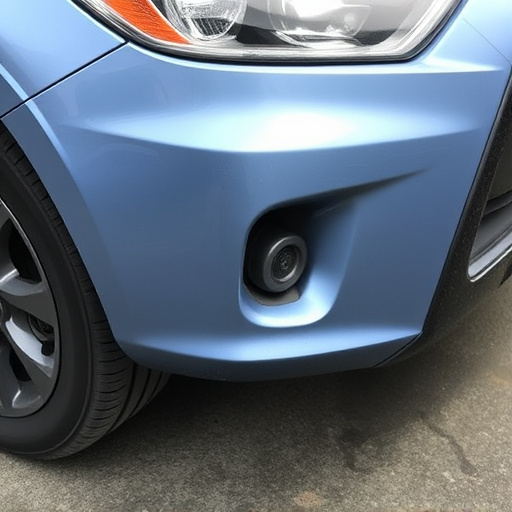
Metallic paint is not just a simple coat; it’s a complex blend of pigments, resins, and metal flakes that create a vibrant, lustrous finish. This intricate composition is designed to withstand wear and tear, but it also makes metallic paint repair a delicate process. Many DIY enthusiasts attempt to fix minor scratches or dents using metallic paint kits, but the results often fall short of professional standards. The challenge lies in replicating the exact color match and texture that matches the rest of the vehicle’s body—an aspect crucial for both aesthetics and protection.
While it might seem like an affordable solution with DIY kits, attempting metallic paint repair without proper knowledge can lead to noticeable imperfections. Car bodywork services specialize in handling these intricate repairs, ensuring a seamless blend that enhances the vehicle’s overall appearance. Professional vehicle repair services employ skilled technicians who understand the nuances of metallic paints, using advanced techniques and tools to deliver flawless results.
Common Mistakes in DIY Repair Techniques
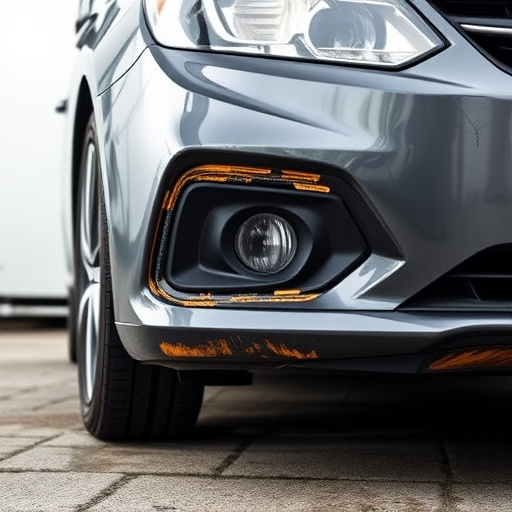
Many DIY enthusiasts attempt metallic paint repair to save costs, but their efforts often fall short due to several common mistakes. One of the biggest blunders is assuming that a simple touch-up can mask deeper issues. Hail damage or car scratch repair might look superficial, but if the paint has been compromised, it can lead to uneven application and long-term failure of the repair job. Using the wrong tools or techniques can also result in messy, unprofessional finishes, defeating the purpose of a DIY approach.
Another mistake is skimping on preparation. Sanding, cleaning, and priming are crucial steps that often get rushed. These stages ensure a solid foundation for new paint, but cutting corners here will lead to flaking and peeling over time. Remember, a successful metallic paint repair job requires attention to detail, the right tools, and thorough preparation—a lesson often learned after making these common DIY repairs fail.
Strategies for Long-Lasting Metallic Repairs
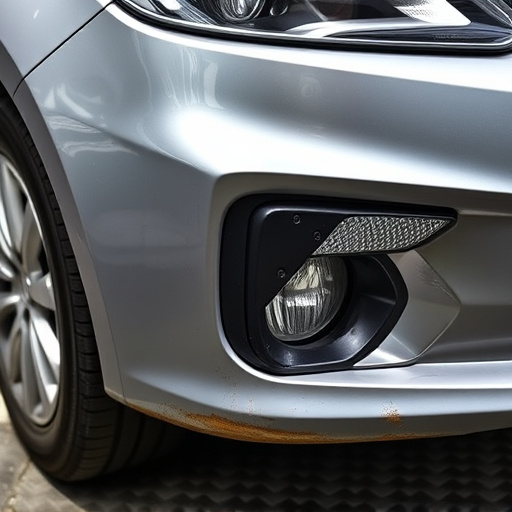
Achieving long-lasting results with metallic paint repair requires a strategic approach. One key strategy is to prepare the surface thoroughly before applying any new paint. This involves meticulous sanding and cleaning to ensure the old, damaged paint is completely removed, exposing a clean metal surface. Using the right tools, such as fine-grit sandpaper and degreasers, is essential for this step.
Additionally, proper priming cannot be overstated. A good quality primer acts as a bridge between the raw metal and the new paint layer. It fills in any minor imperfections and provides a smooth base, enhancing adhesion. After priming, carefully select a metallic paint that matches the original finish precisely. High-quality paints designed specifically for metal offer better durability and resistance to fading or chipping, ensuring your repair job stands the test of time. Pairing these strategies with expert techniques from tire services or professional car body repair specialists can lead to outstanding outcomes in metallic paint repair, restoring vehicles to their former gleam.
DIY metallic paint repair can be challenging due to the unique properties of metallic finishes. Common mistakes often stem from a lack of understanding of these complexities, leading to short-lived repairs. However, with the right strategies, such as using specialized tools and techniques, proper surface preparation, and choosing durable products, you can achieve long-lasting metallic paint repair results. Remember, when it comes to maintaining your vehicle’s or furniture’s metallic finish, seeking professional assistance for complex issues may be the best course of action.
